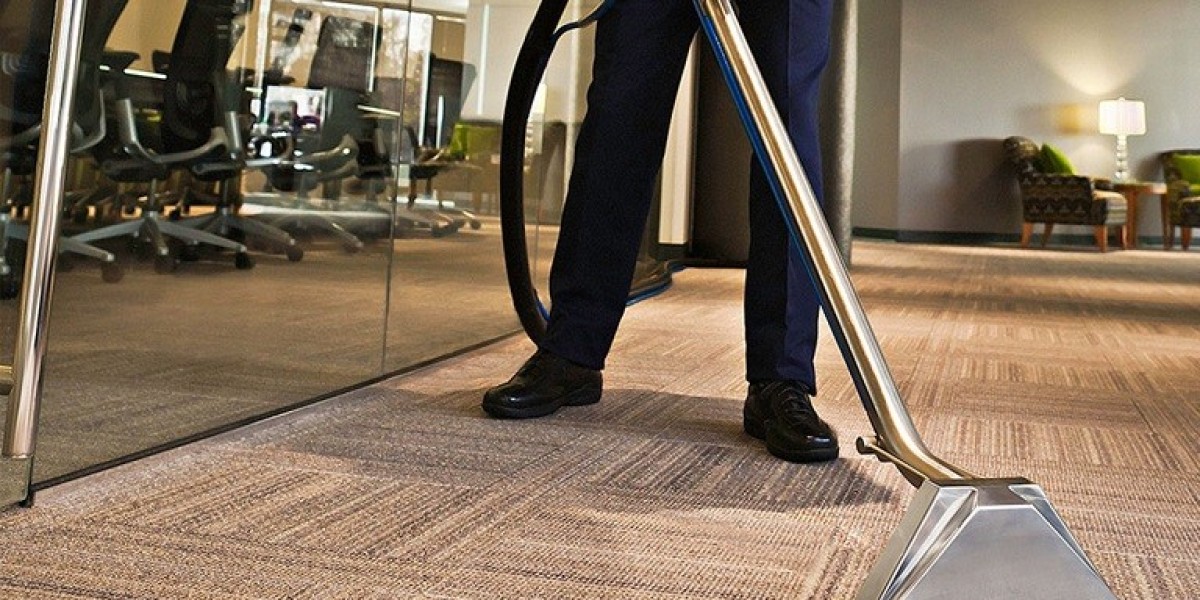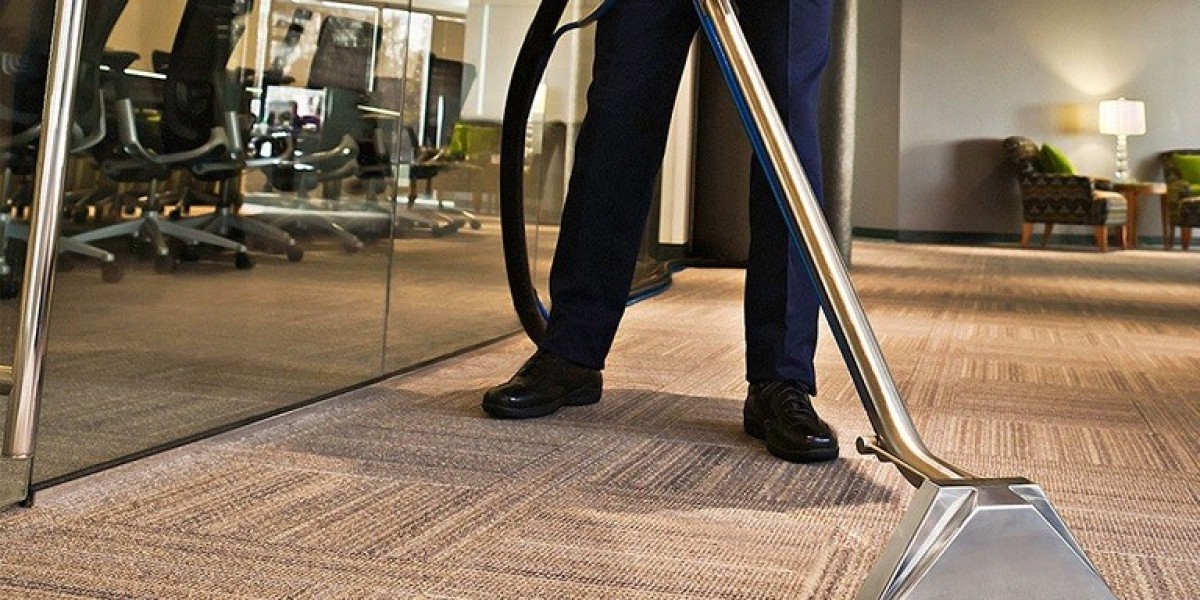Introduction
In today’s fast-paced world, healthcare delivery is evolving to meet the needs of individuals who seek convenience, accessibility, and personalized care. One area experiencing significant growth is home-based podiatry services. Foot health is a crucial aspect of overall wellbeing, especially for the elderly, people with disabilities, and individuals with chronic conditions such as diabetes. Home podiatry allows patients to receive professional foot care without the stress of traveling to a clinic.
This article explores the key benefits of seeing a podiatrist at home, who it’s ideal for, what services are typically provided, and how this model of care is shaping the future of foot health.
What Is a Home Podiatrist?
A home podiatrist is a qualified foot care professional who visits patients at their residence—whether that be a private home, aged care facility, or disability accommodation. These practitioners bring portable equipment to deliver the same high-quality care you would receive in a clinical setting.
Who Can Benefit from Home Podiatry?
· Seniors with mobility issues
· People with disabilities
· Post-surgery patients
· NDIS participants
· People with chronic illnesses such as diabetes or arthritis
· Busy professionals or carers who prefer in-home care
Key Benefits of Home Podiatry Services
1. Convenience and Comfort
Receiving care in a familiar environment can reduce stress and anxiety, especially for elderly patients. It eliminates the need for travel arrangements, long waiting times, or exposure to unfamiliar clinical settings.
2. Improved Accessibility
For those living in rural or remote areas or people with significant mobility issues, access to foot care can be limited. Home podiatry ensures these individuals still receive expert treatment.
3. Personalised Care
Home visits allow podiatrists to better understand the patient’s living conditions, daily habits, and footwear, which can all influence foot health. This results in more tailored advice and interventions.
4. Preventative Health
Regular foot check-ups at home can help identify early signs of conditions like pressure ulcers, fungal infections, or diabetic foot complications. Early intervention can prevent serious problems and reduce hospital visits.
5. Support for Carers and Families
For carers of elderly or disabled individuals, in-home podiatry services reduce the logistical challenges of transporting loved ones to appointments. This offers peace of mind and better care coordination.
6. Consistency of Care
Having a regular podiatrist visit at home fosters continuity and trust. Patients are more likely to adhere to treatment plans when they have an ongoing relationship with their healthcare provider.
7. Safer for High-Risk Patients
Patients with a high risk of falls, infections, or complications from chronic conditions benefit from receiving care at home, where risks associated with travel and clinic environments are minimized.
Services Offered by Home Podiatrists
· Nail care (trimming, fungal treatment)
· Corn and callus removal
· Diabetic foot assessments
· Footwear and orthotic advice
· Wound care and pressure injury prevention
· Gait and balance assessments
· Treatment of ingrown toenails
Home Podiatry Under NDIS and Aged Care
Home podiatry is often funded under the NDIS (National Disability Insurance Scheme) and My Aged Care, making it accessible to participants who require ongoing foot care support. Providers often work directly with support coordinators and families to integrate podiatry into personalised care plans.
Technology and Home Podiatry
Modern podiatrists are equipped with portable tools and digital technology, including:
· Mobile sterilisation kits
· Digital foot scanners
· Portable ultrasound machines
· Secure digital record-keeping
These tools ensure high standards of hygiene, precision, and care—even outside a traditional clinic.
Tips for Choosing a Home Podiatrist
· Ensure they are registered with the Podiatry Board of Australia
· Check if they are NDIS or My Aged Care approved providers
· Look for experience with your specific needs (e.g., diabetes, disability)
· Read reviews and testimonials
· Confirm infection control protocols
The Future of Home-Based Foot Care
The demand for in-home health services is growing, and podiatry is no exception. With an aging population and a greater focus on personalised, preventative care, home podiatry is becoming a cornerstone of community health services.
Innovations such as telepodiatry, mobile apps for monitoring foot health, and integration with other allied health services are set to enhance care even further.
Conclusion
Home podiatry services bring professional foot care directly to the people who need it most. Whether you’re managing a chronic condition, caring for a loved one, or simply looking for more convenient health care options, a home podiatrist offers comfort, consistency, and high-quality service without stepping outside your door.
Investing in foot health through home visits is not just about convenience—it’s about empowering individuals to maintain mobility, independence, and quality of life.







